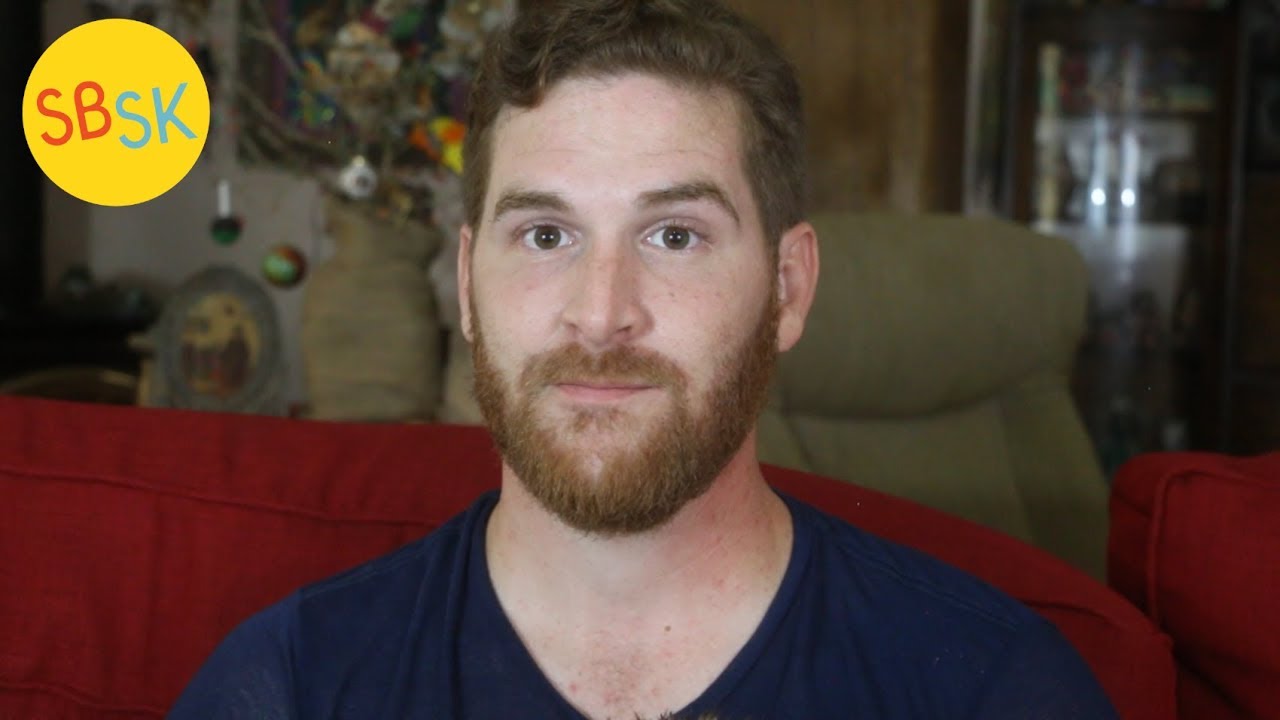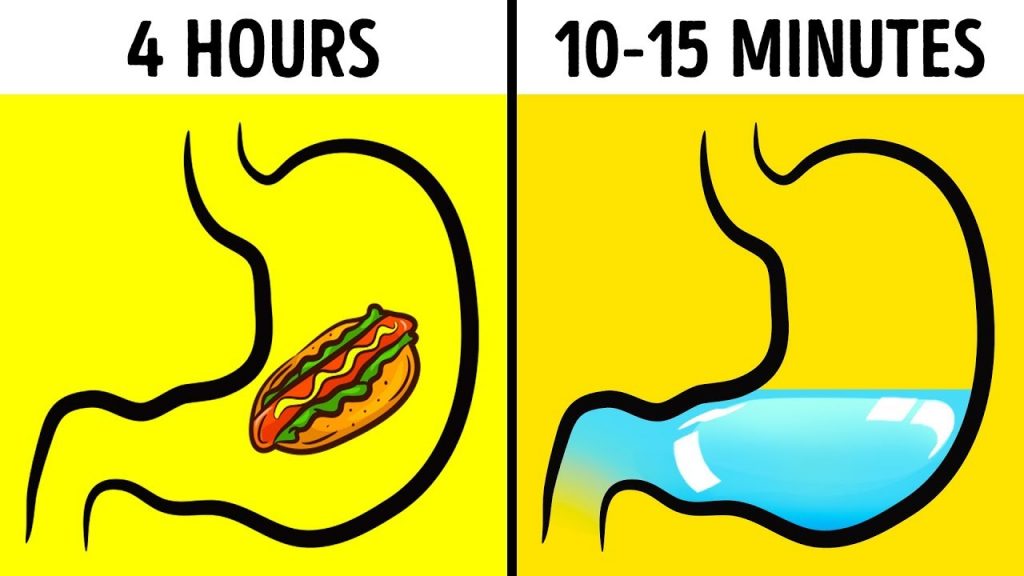Living with Schizoaffective Disorder (Experiencing Psychosis, Paranoid Delusions and Hallucinations)

Daniel is diagnosed with schizoaffective disorder and several other mental illnesses.
He experiences paranoid delusions in which he believes other are constantly spying on him. Daniel does not know if he will ever be happy again, but for the first time he is reaching out and trying.
Daniel’s diagnoses include: schizoaffective disorder, borderline personality disorder, CPTSD, depression, anxiety disorder and traumatic brain injury.
How do paranoid delusions impact an individual’s daily life and relationships?
Schizoaffective disorder is a chronic mental illness that combines symptoms of two other conditions: schizophrenia and bipolar disorder. Individuals with this condition experience episodes of psychosis, paranoid delusions, and hallucinations, which can significantly impact their daily life. Despite the challenges, there are ways to manage and cope with schizoaffective disorder.
Psychosis is a state of mind where an individual experiences a loss of touch with reality. This can include experiencing delusions, hallucinations or both. It is important to note, however, that not all hallucinations and delusions are indicative of schizoaffective disorder. Disturbed sleep, medication, stress, and other mental health conditions can also cause such symptoms. What distinguishes schizoaffective disorder from other diseases is the severity and duration of symptoms, which can last for several days or even weeks.
Paranoid delusions are irrational beliefs that one is being watched or followed. For example, they may believe someone is trying to harm them, steal from them or read their thoughts. These delusions can cause extreme anxiety, fear and can have significant consequences such as social isolation, difficulty with relationships, and disrupted work or school life.
Hallucinations, on the other hand, are false sensory perceptions such as hearing voices, seeing people that are not there or smells that do not exist. These sensory inputs can be scary and somewhat convincing, causing the individual to react instinctively even though they know that there is nothing to fear.
Living with schizoaffective disorder can be challenging, but there are various ways to manage the symptoms. In many cases, medication is used to control the symptoms of hallucinations, delusions or difficulty sleeping. Additionally, therapy, such as cognitive behavior therapy, can help individuals develop strategies to manage their thoughts and actions. Techniques such as mindfulness, self-care, and positive distraction can also be effective.
While medication and therapy are helpful for managing the symptoms, it can be helpful to have a support system in place. Friends, family members, and mental health professionals can be invaluable in helping those with schizoaffective disorder. It is essential to have a network of people trained to help individuals in crisis, as fear and anxiety can trigger symptoms and worsen the condition.
In conclusion, living with schizoaffective disorder requires a comprehensive approach for managing psychotic episodes, paranoid delusions, and hallucinations. Medication, therapy, and support groups are effective in managing symptoms and improving daily life. Although the condition might be challenging, learning strategies and developing a supportive network can help individuals lead a fulfilling life despite their mental health condition.










TAOISM | The Art of Not Trying
How to stay calm when you know you’ll be stressed
Everything James McAvoy Ate to Get Massive For Glass
5-Minute Workout That Replaces High-Intensity Cardio
Medical breakthroughs to watch for in 2019